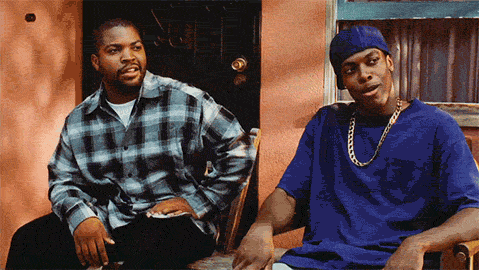Perceived risk would tell you that trying to skate the puck our of your own zone is risky and unadvisable, because if you make a mistake, you're now out of position. Perceived risk would tell you that trying to pass to the middle breaking out of your zone is risky and unadvisable, because you're putting the puck in a dangerous area if you mess up the pass. Perceived risk would tell you that chipping the puck up the boards is a safe play, because even if you screw up, the puck is in a safe place and you still have body position on your opponent.
These are the assumptions that Michel Therrien's system is built on, and it screws up everything. It's easy to see why someone would make these assumptions, because if everything is a coin flip, they're right. However the success rates for the so-called risky plays are through the roof, while the success rates for the safe play are terrible. When you take that into account, you're increasing the amount of defensive zone time by such a large amount, that you're actually playing more risky when 'playing safe'.





